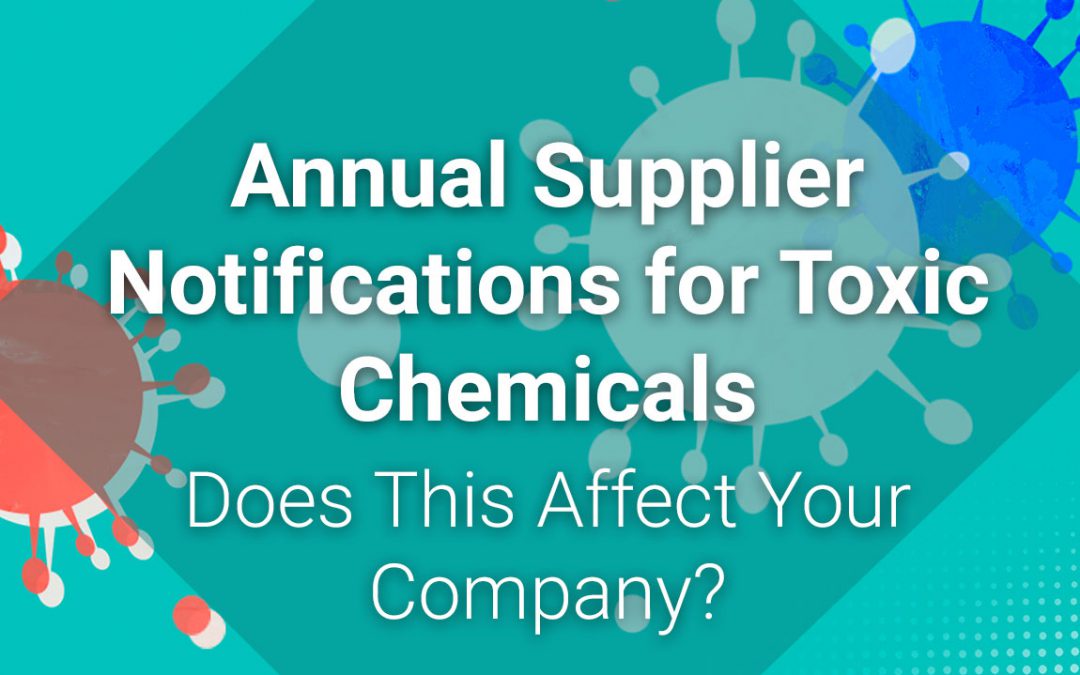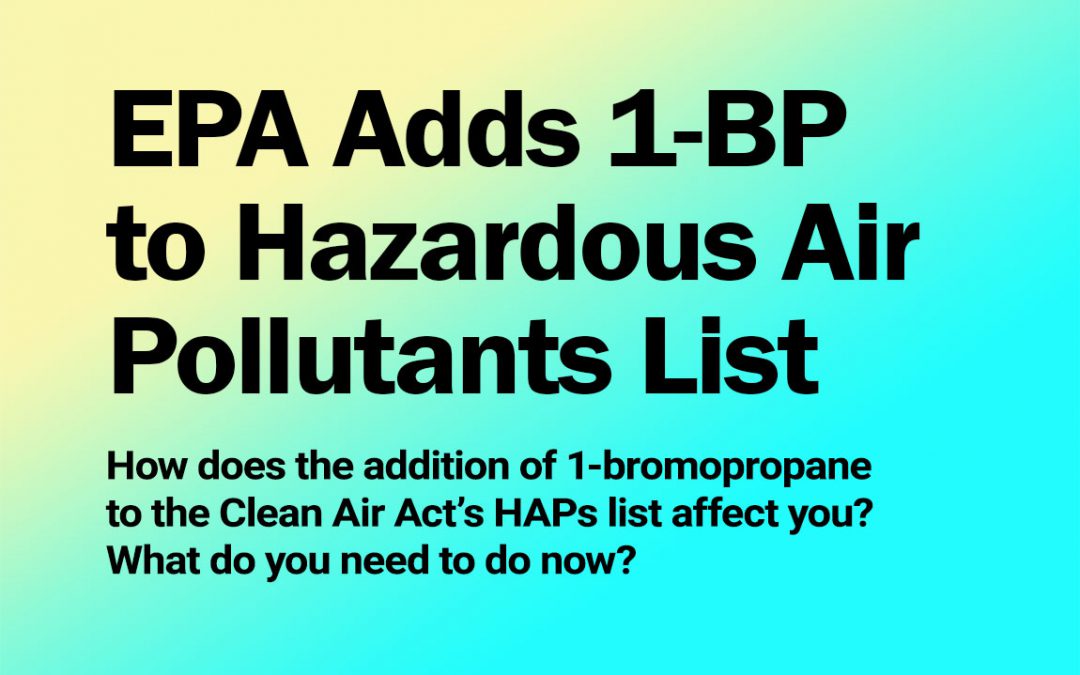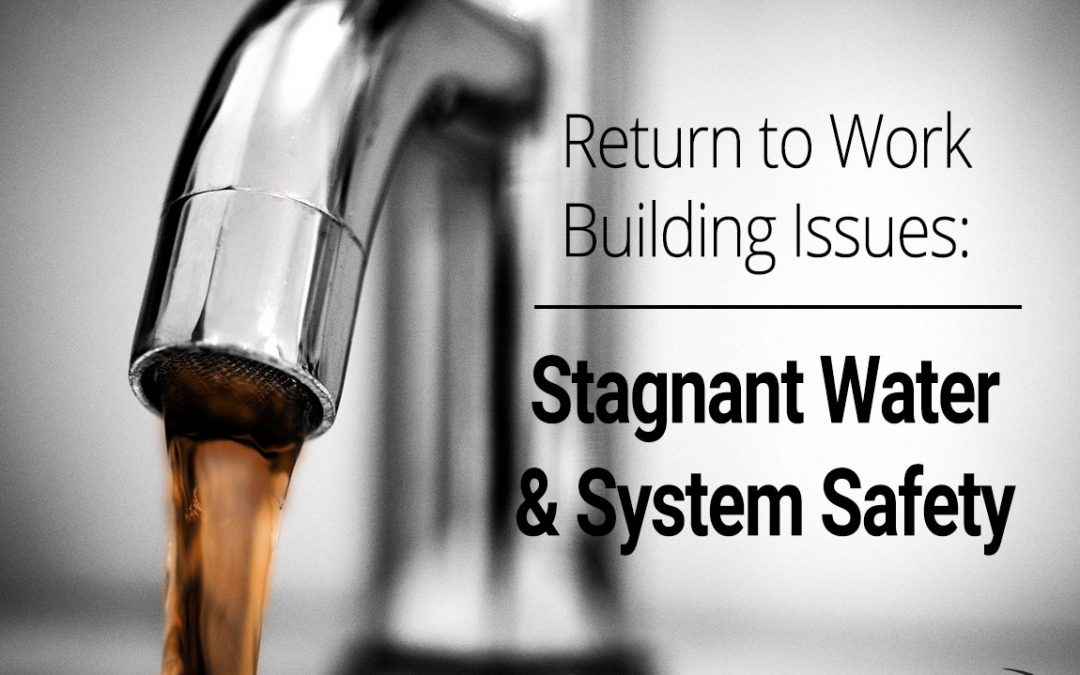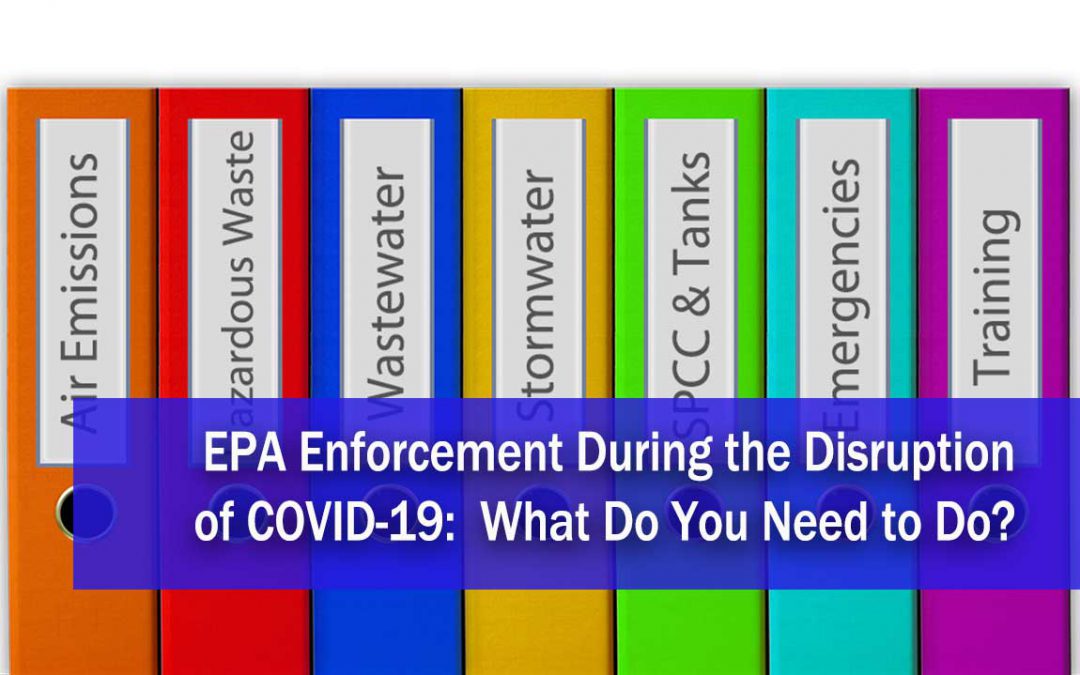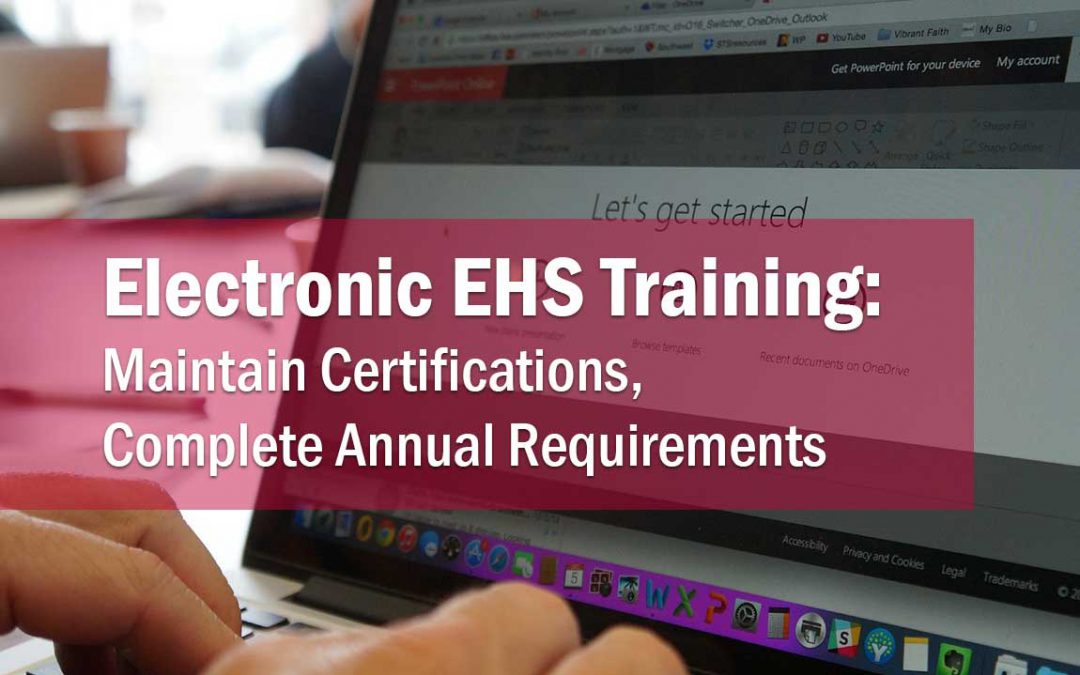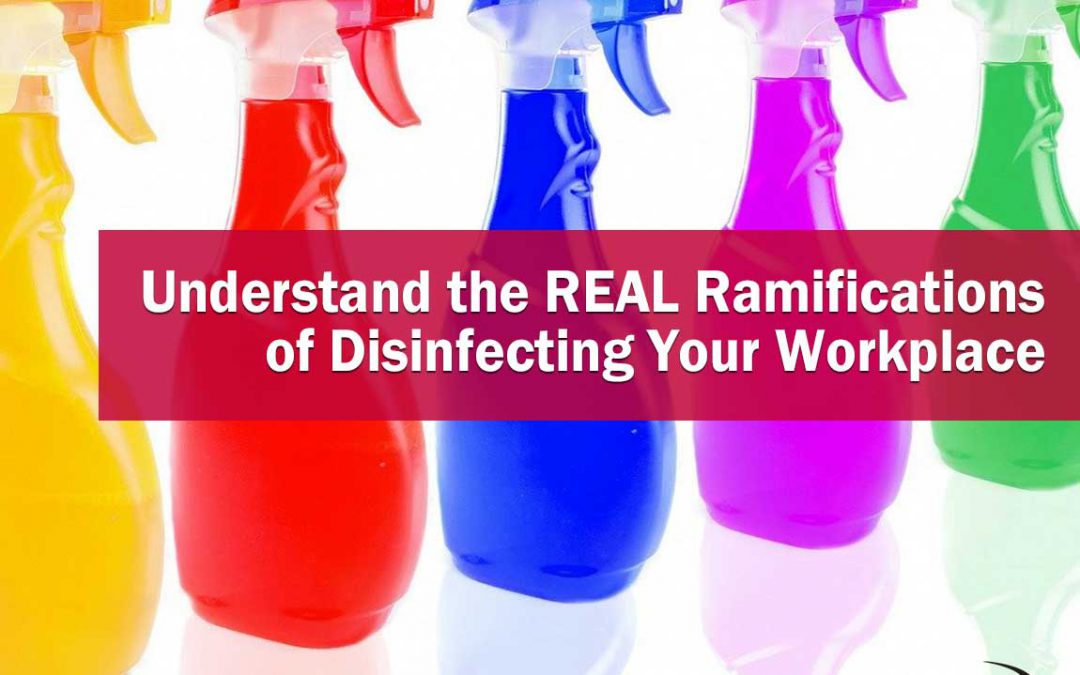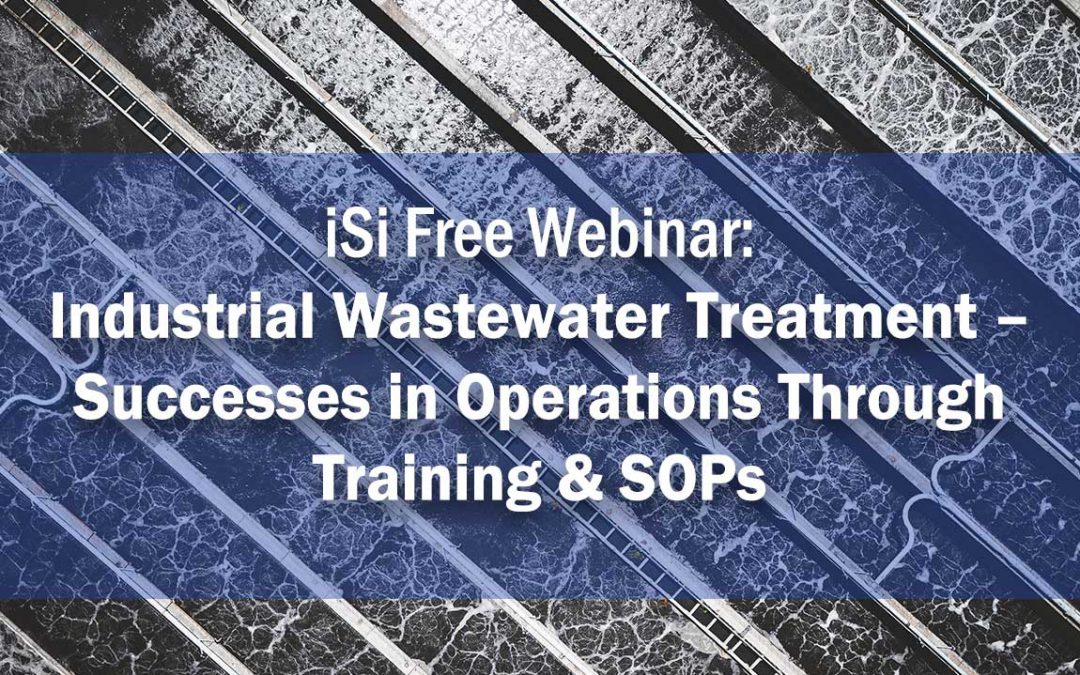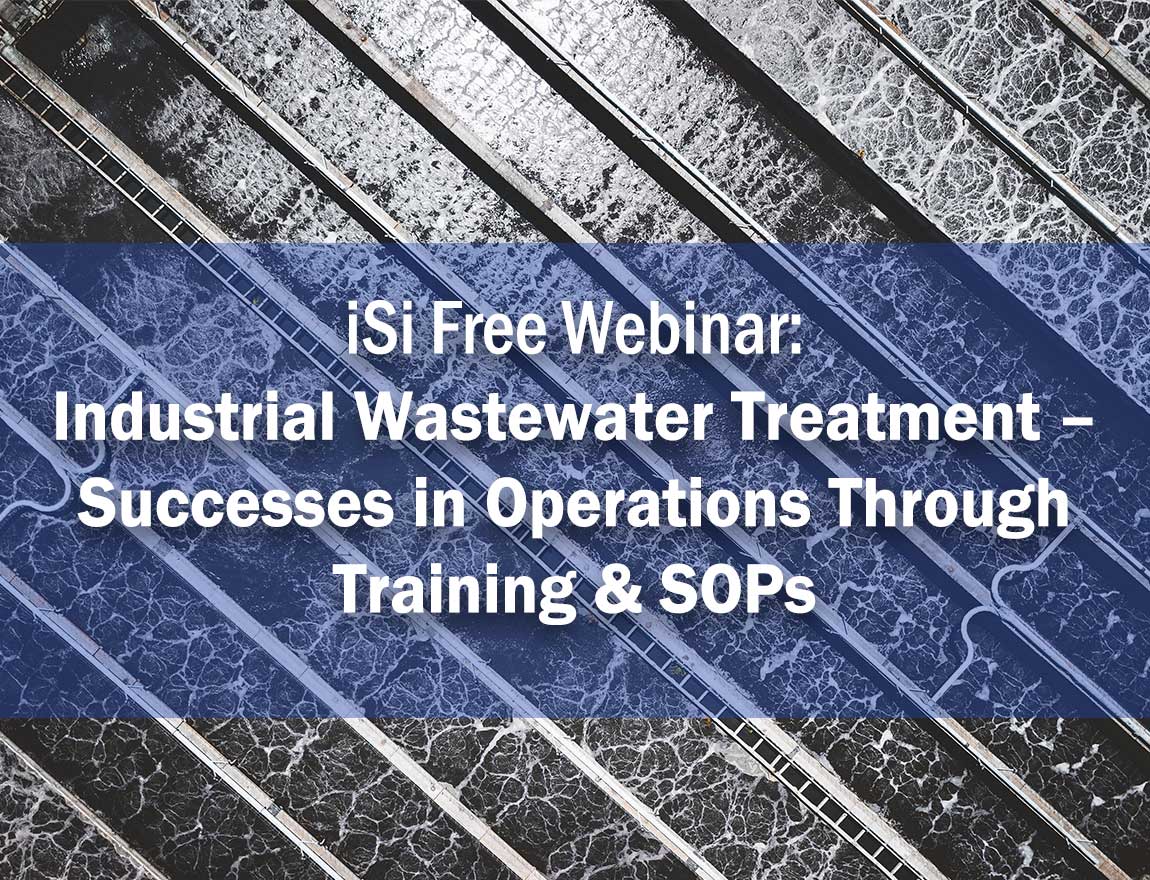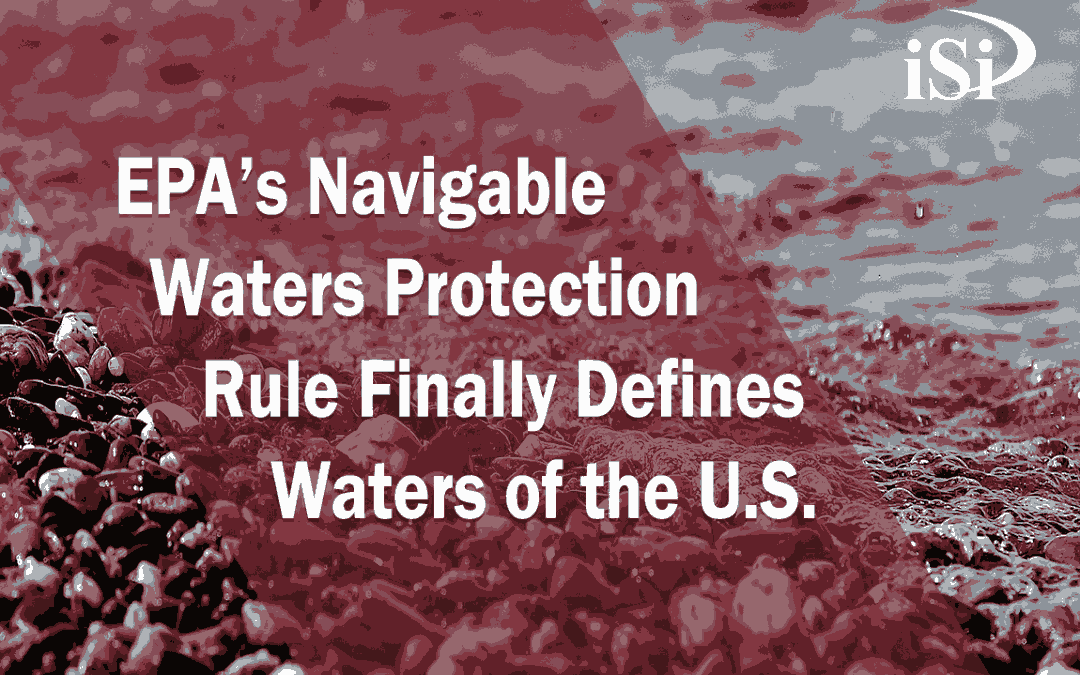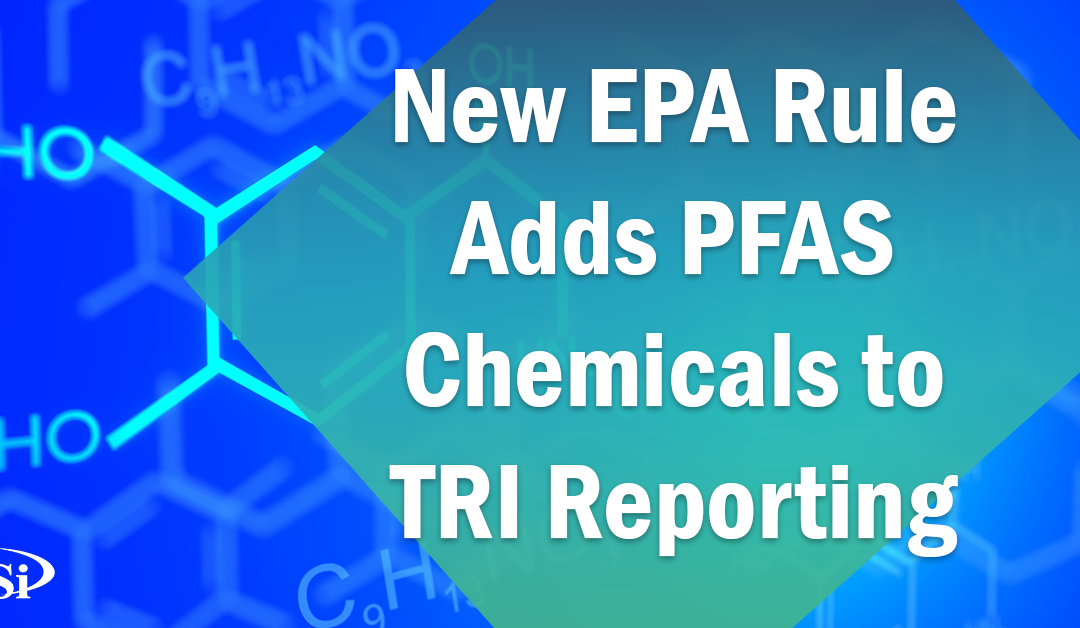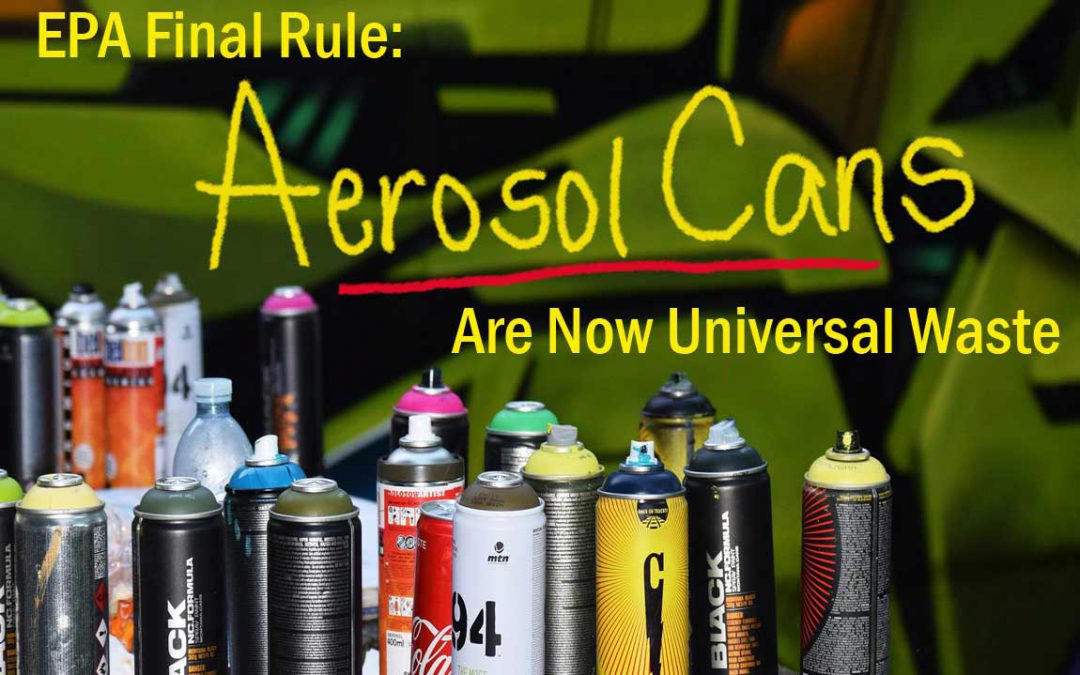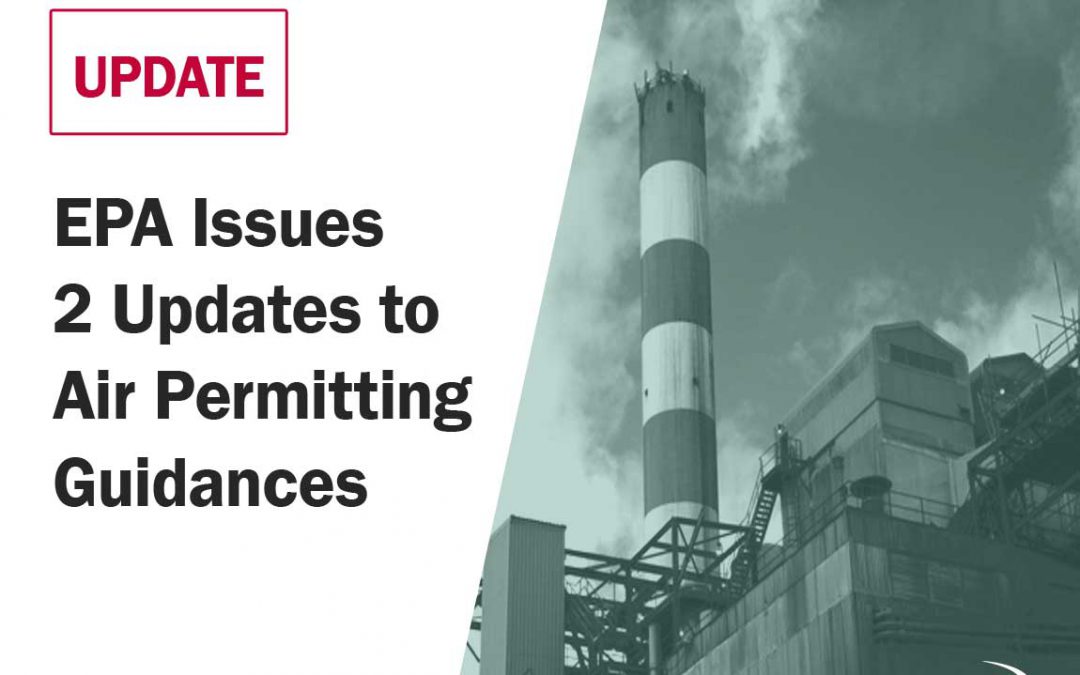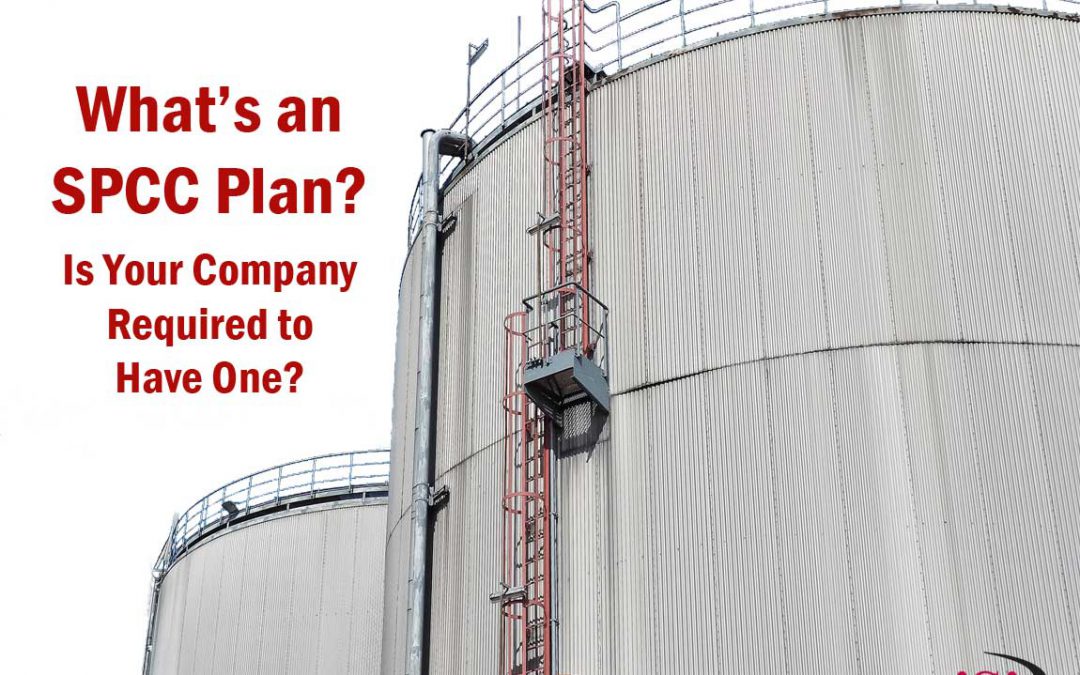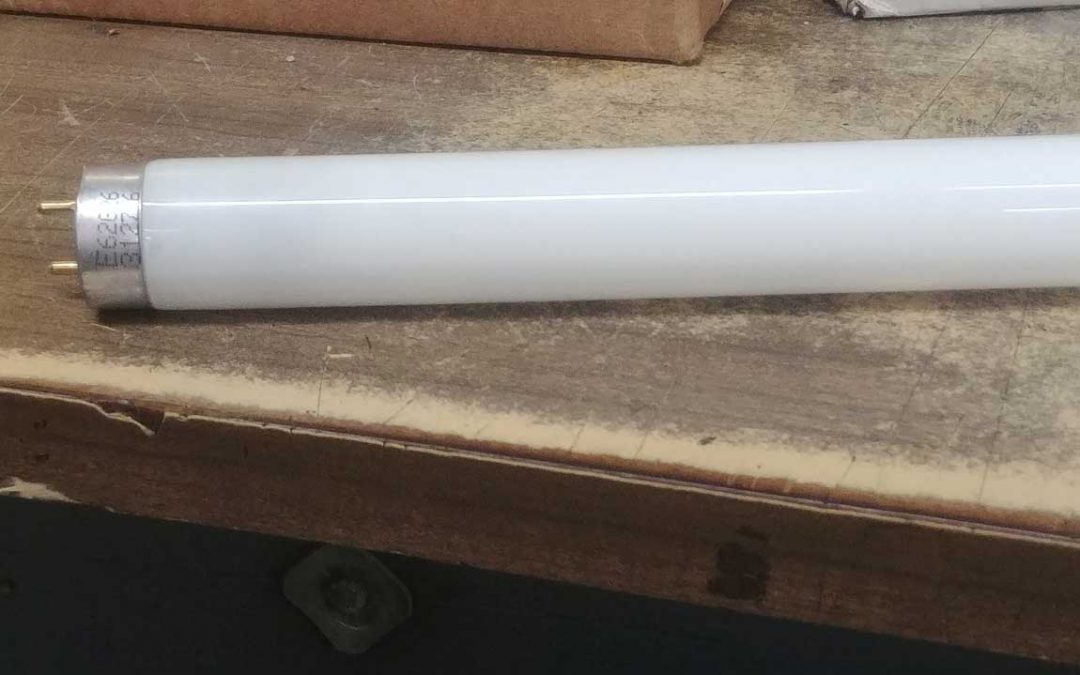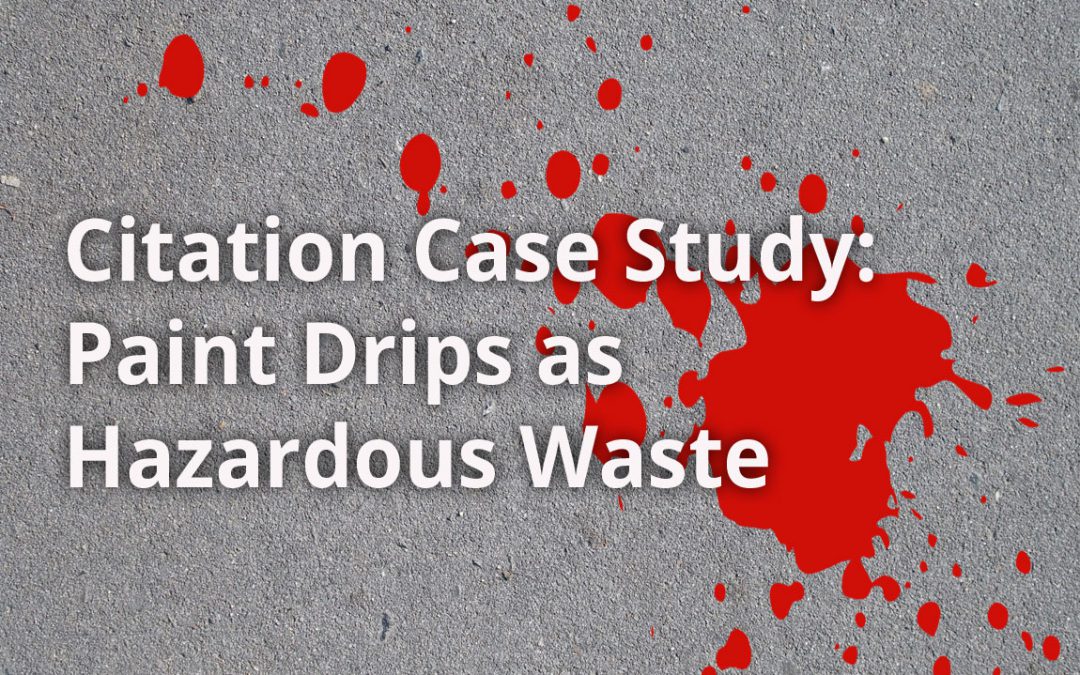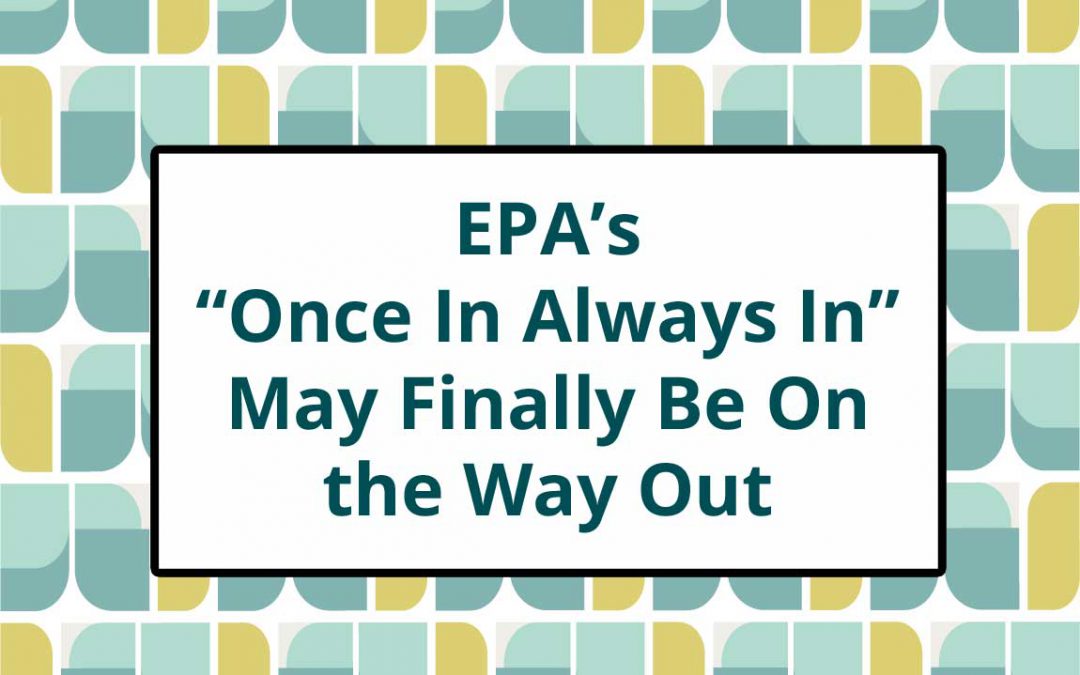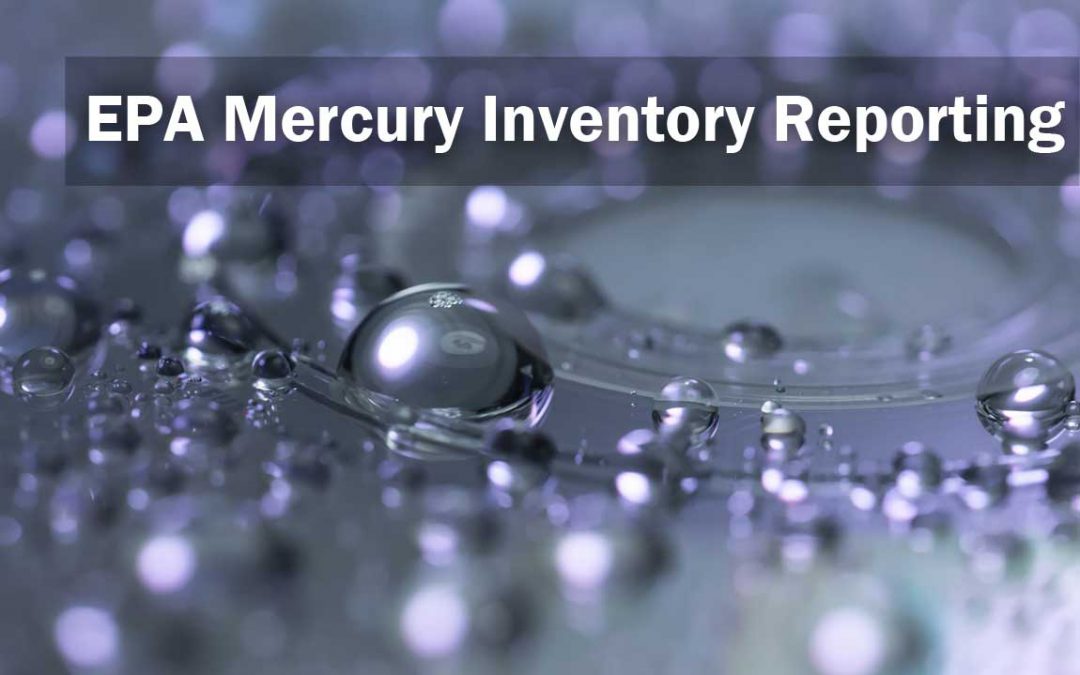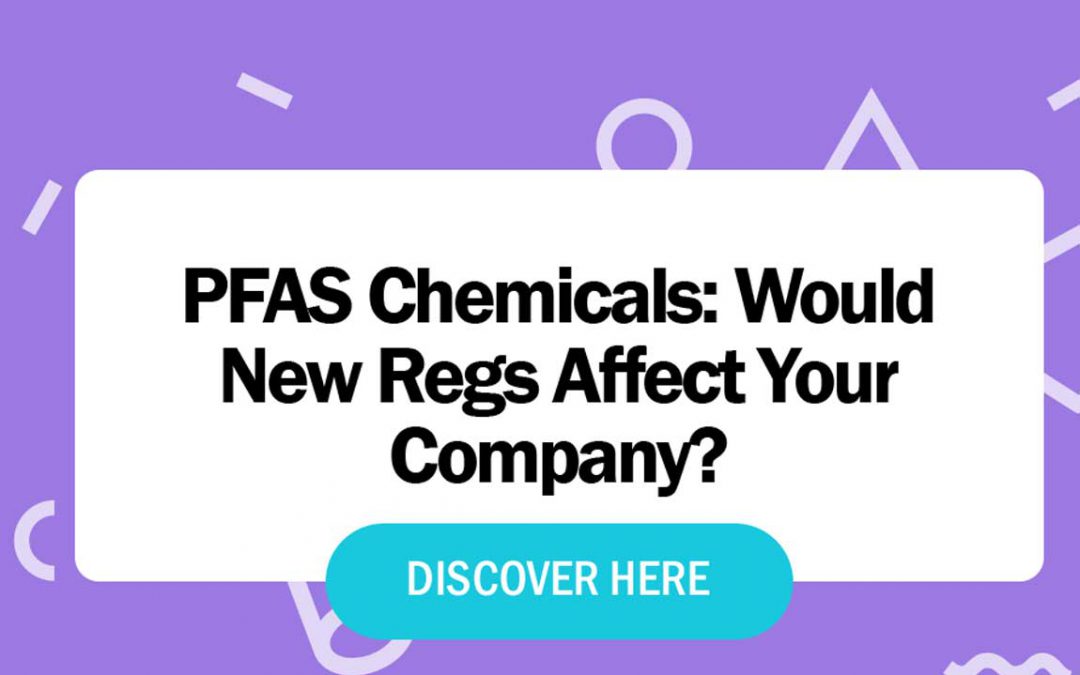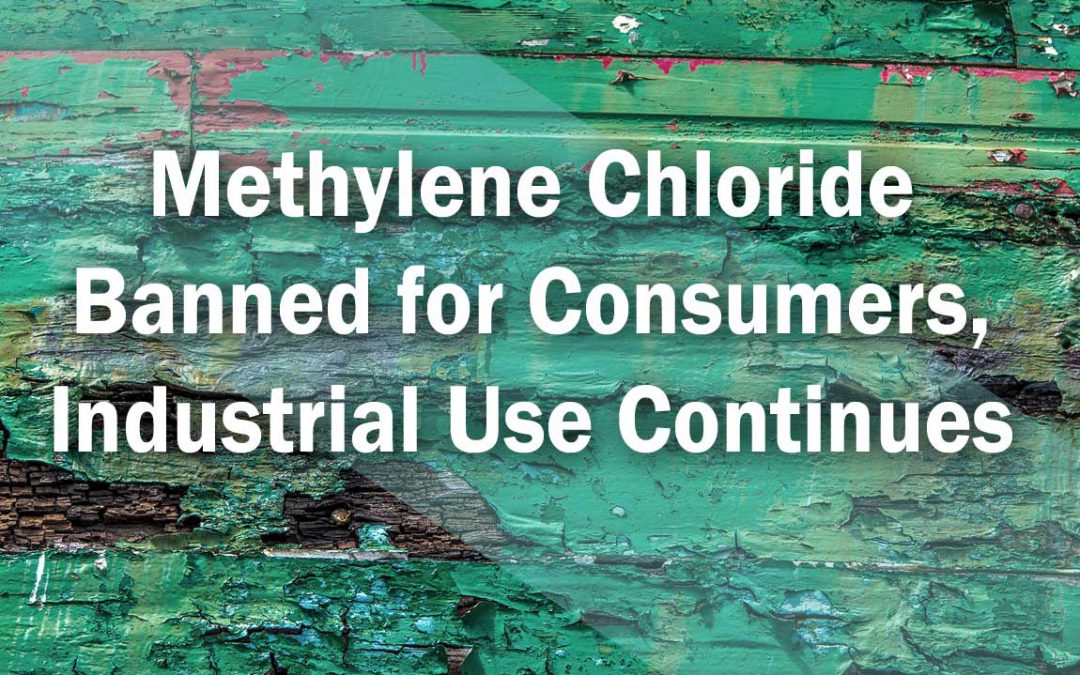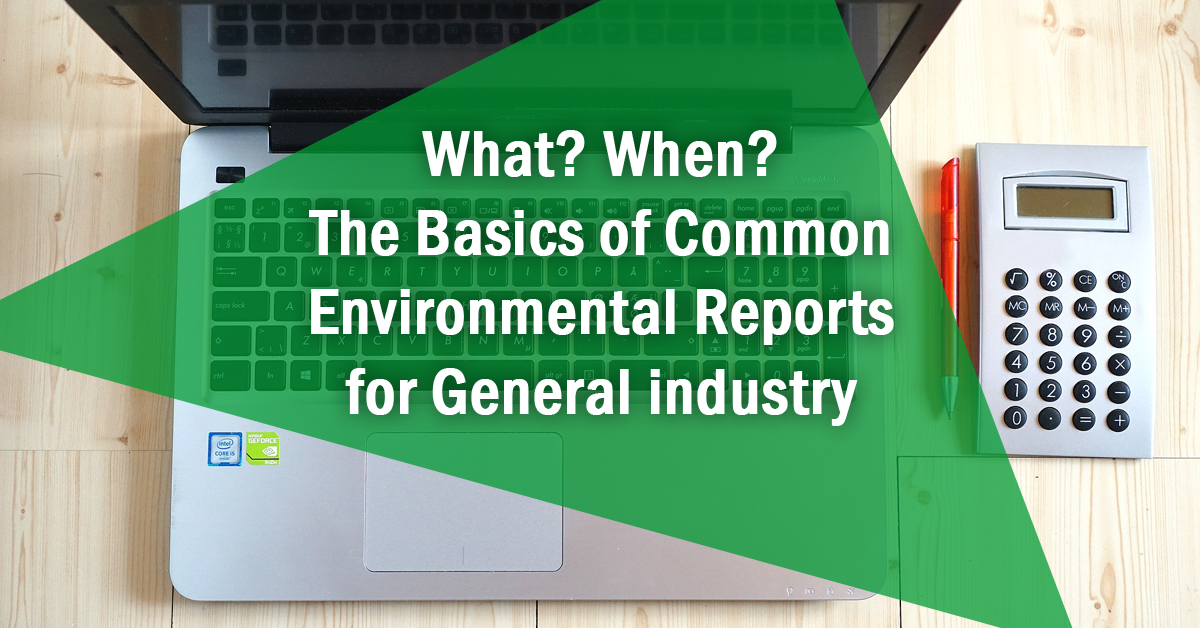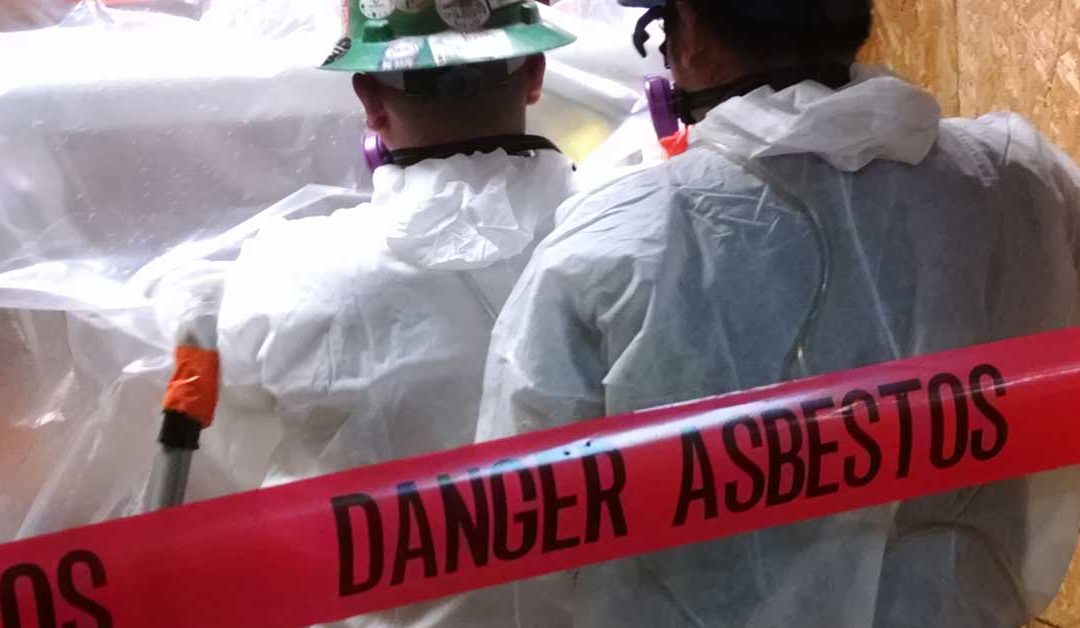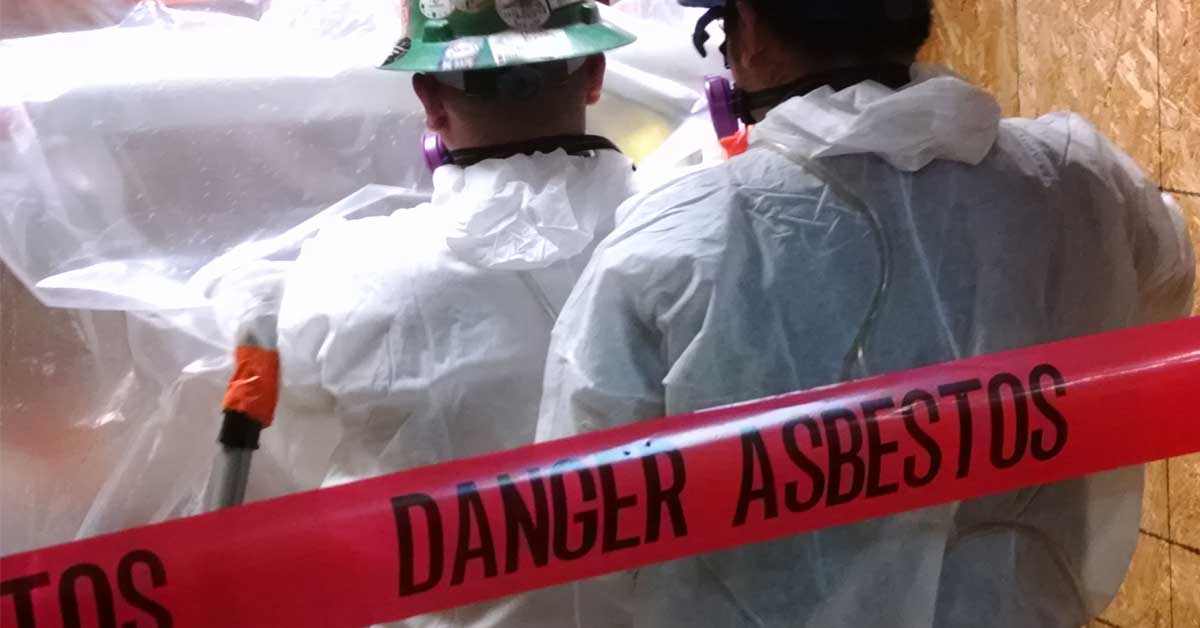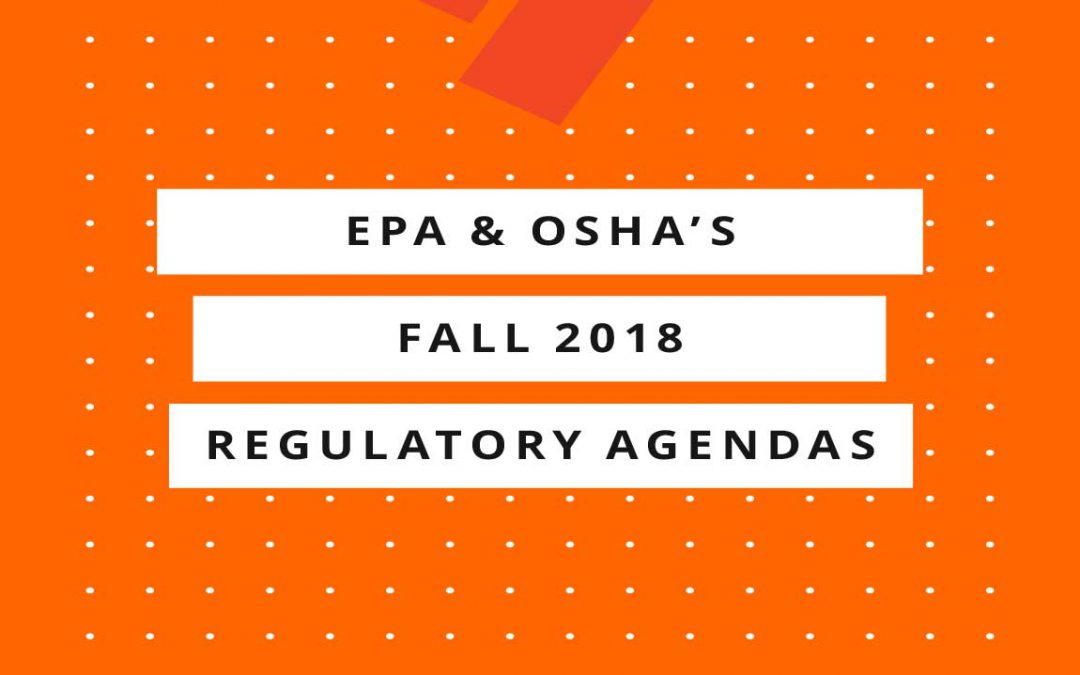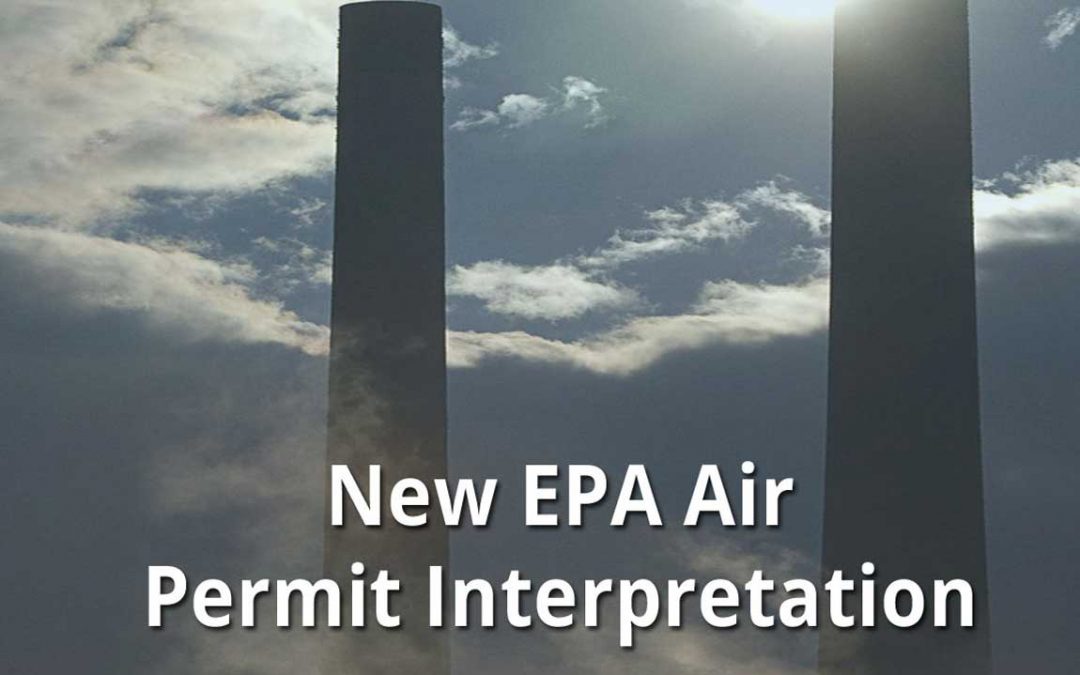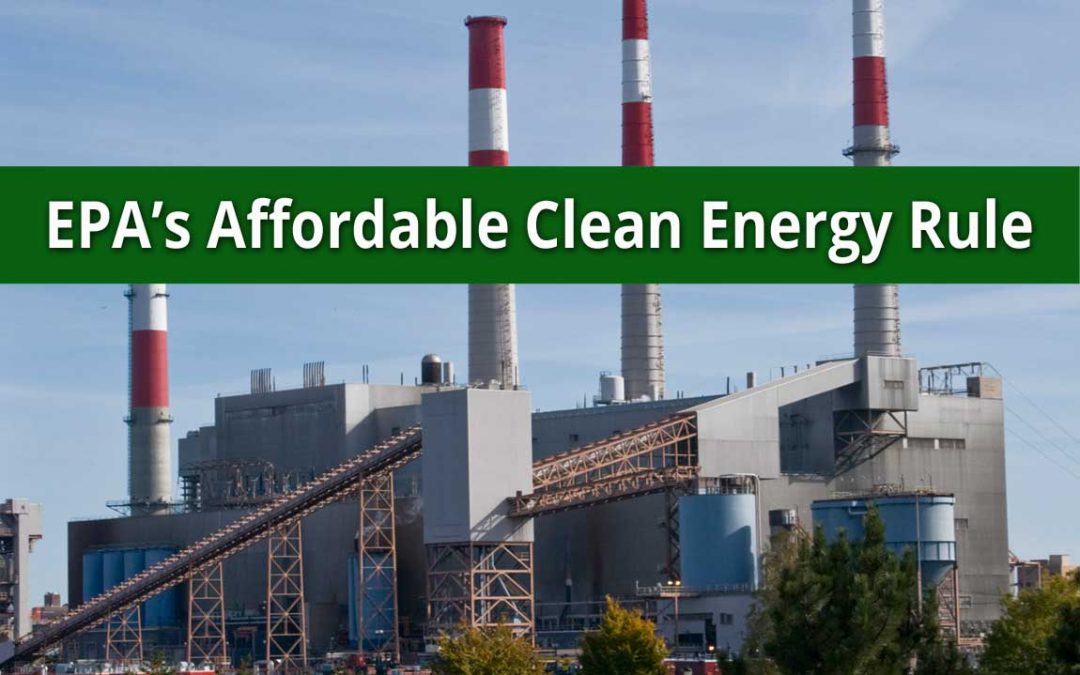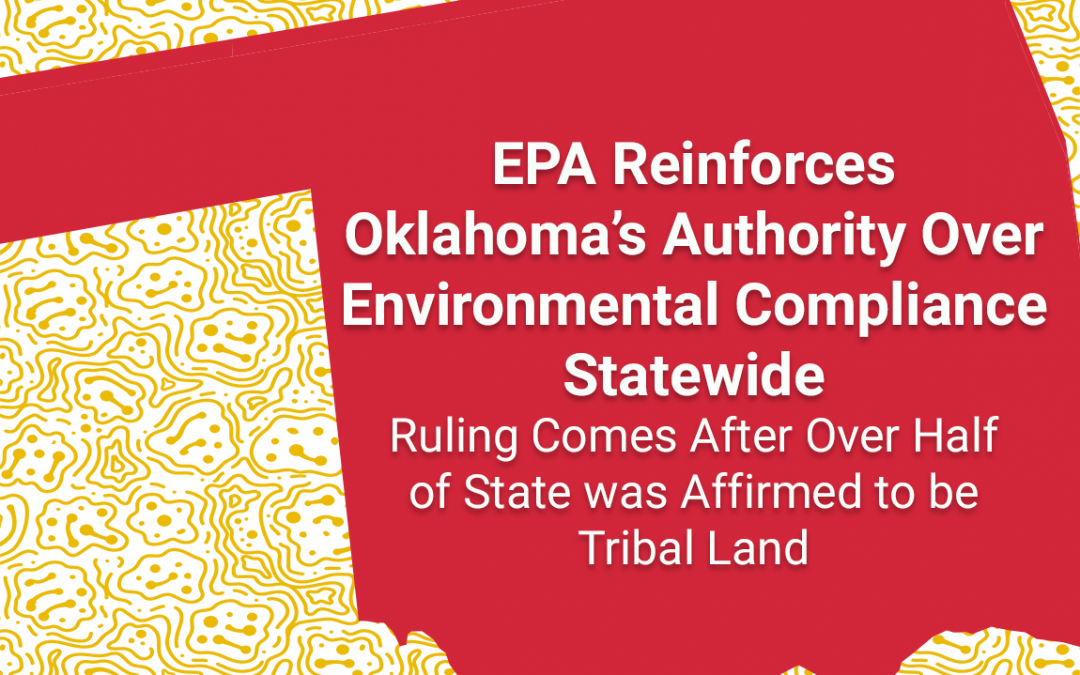
EPA Reinforces State’s Authority Over Oklahoma Environmental Compliance
A recent U.S. Supreme Court case regarding legal jurisdiction and Native American tribal lands has extended itself to environmental regulations compliance authority in the state of Oklahoma.
Native Lands Still Native
It all started when Patrick Murphy, a descendent of Native Americans, committed murder in 2015 within the Muscosgee reservation territory. He argued to the courts that the Oklahoma Enabling Act of 1906 never disestablished the territories of the Five Civilized Tribes. Because of this, he should have been prosecuted by federal courts and not the state of Oklahoma courts. That is, the state courts should have no jurisdiction over Native Americans on federal reservations. The 10th Circuit Court agreed with Murphy and it was ultimately appealed to the Supreme Court. In 2020, the Supreme Court agreed that the territories had not been disestablished, giving more power to the tribes.
The territories involved in this case make up the eastern half and some of southern Oklahoma, including Tulsa. The ruling means the state of Oklahoma would have no criminal jurisdiction over Native Americans within the reservations. Federal regulations still need to be enforced within these lands and major crimes like murder would be charged federally, but the tribes could prosecute all other Native American crimes in their own courts.
The court ruling led to a lot of concern not only about the ramifications to major crimes committed in these territories, but the legal impact to environmental regulations, taxation and other regulations on reservation lands.
Oklahoma Petitions EPA
Seeing the potential for a wide variety of environmental rules being affected, the potential for inconsistent standards and efforts, and the overall impact to Oklahoma businesses, the Governor of Oklahoma wrote a request letter to EPA in July 2020. In the letter, he asked that the state be authorized to continue to regulate environmental compliance throughout this territory. The state agencies currently involved in overseeing environmental regulations are the Oklahoma Department of Environmental Quality, the Oklahoma Department of Agriculture, Food and Forestry, the Oklahoma Water Resources Board and the Oklahoma Corporation Commission.
On October 1, 2020, EPA approved this request and gave the state authority to continue its efforts in overseeing any of the programs it currently oversees in those areas. EPA will continue to oversee the state of Oklahoma’s programs as it does in many states.
Tribal Reaction
The tribes are not happy with this decision. Cherokee Nation Principal Chief Chuck Hoskin, Jr. said “[The governor’s decision] ignores the longstanding relationships between state agencies and the Cherokee Nation. All Oklahomans benefit when the tribes and state work together in the spirit of mutual respect and this knee-jerk reaction to curtail tribal jurisdiction is not productive.” [Taken from The Oklahoman, Oct. 6]
It’s unlikely this is the last we’ll hear of this issue. The tribes may have a course of action to take EPA to court for not fully consulting with them prior to the decision per EPA’s Policy on Consultation or Coordination with Indian Tribes, or with the government-to-government consultation with affected tribes requirement per Executive Order 13175.
Stay Informed
Get the latest news about environmental compliance delivered to your inbox from iSi’s blog.

